As an email marketer, you want your subscribers to engage with your content. Gamification is engagement multiplied by infinity. You want to put your best foot forward so that your audience can perceive, via light entertainment, the character of your brand.
This, of course, translates into tangible benefits for your business. According to Stripo, gamified emails can increase conversions by 2.5 times. In addition, e-commerce companies say that gamification leads to a 14% increase in average clicks in contrast to promotional emails.
But not so fast! We need to first understand what gamification in email newsletter marketing involves. We will explore its facets in this post. To begin with, what is email gamification?
What Is Email Gamification? Savvying The Context
It is important to realize that we are not talking about games as such. The primary objective of gamification is to effect persuasion in the minds of users, leading to “serve certain strategic business motives.”
“This new paradigm,” informs Luis Filipe Rodrigues et al. in their 2019 paper on gamification principles, “relates concepts that promote a human-machine interaction, and brings out elements such as persuasion, eye-catching design, and game mechanics.”
“Thus, gamification is a fresh mode of thinking, developing, designing and deploying software applications, which aspires to change users’ attitudes and behaviors,” the authors add.
This is the framework within which email gamification operates. It is basically what the authors call a “non-game environment improvement” for the promotion of products and services.
When Is The Best Time to Send Gamified Emails?
Notwithstanding the impact of gamification, you shouldn’t send gamified emails too often. Usually, the tendency among certain brands is to view gamification as an alternative engagement strategy, which leads them to overuse it.
However, gamification is a discrete component in your marketing blueprint. There is a time for it. Sometimes you want to surprise your audience; at other times, your subscribers might be expecting something out-of-the-ordinary from you.
(At Email Uplers, we use gamification only during the holiday season. We have indirectly trained our newsletter subscribers to expect something interesting from us around this time. Each year, we fulfill their expectation, which amplifies engagement and loyalty.)
With these factors in mind, let’s explore the best times when gamification emails will work for your brand.
1. When The Holiday Season Is at Its Peak
The holiday season is arguably the best time to send gamified emails. In fact, your audience more or less expects you to send entertaining emails their way during that time of the year. If you want to offer discounts, you can ask users to “win” discounts for themselves.
Or you can simply use games for entertainment. We at Email Uplers sent the following Christmas quiz to our subscribers. (If you want, you can play the game here.)
2. When You Want to Amuse Your Audience
The thing is, as an email marketer, you can’t always find relevant content to share with your subscribers. But you can still keep your audience engaged during those dry patches through gamification.
That’s what Penguin Random House does in this email. The email does not include any incentive. It’s pure entertainment.
3. When You Can’t Afford Generous Discounts
This, too, is a great marketing tactic, which Kudrenko references in his ebook. When it is not possible to give away generous discounts to all of your subscribers, you could still leverage gamification and convert your limitation to an opportunity.
Which is exactly what Skills Life has done in this email. This Wheel of Fortune game implements the special offer with singular panache: now only one subscriber would win the lion’s share of the discount, while others must be content with smaller amounts.
In the following gamification email example, Boden also offers discounts through a similar Spin-to-Win game.
4. When Making An Exciting Announcement
Feel free to use gamification when making important announcements. You can transform a text-and-image-only announcement into something humorous and entertaining.
For instance, in the following email, in which Parcel announces their virtual conference on email marketing, the tongue-in-cheek use of Outlook as the “official hurdle” in the game is amazing. Note how contextual the game is, as well.
5. When Launching A New Product
You definitely don’t want to make it a custom, but you may, at times, use gamification in your product launch emails. It’s kind of a DIY launch if you will. Instead of you launching the product, your newsletter subscriber does it. We feel it is quite respectful on a brand’s part.
Check out Chick-fil-a’s awesome way of introducing a new summer drink. It is a superb way of using the legendary word link game.
Characteristics of A Good Game
Coming up with an interesting game is not simple. But if you know the anatomy of a good game, you will find it easier to produce one.
We have identified four non-negotiable elements of a good game:
- A storyline: Any good game has an interesting storyline. “Interesting” doesn’t, however, mean it can’t be simple. In fact, you want to make these emails simple and achievable.
- A goal: Your game must have a “non-stupid” goal to motivate the viewer to play.
- A character: Include a character whom the player can relate to. This is another way of letting the player immerse themselves in the story.
- Rules: Make sure the rules of your game are easy to follow. Don’t include too many.
For our holiday campaign last year, we incorporated the above aspects in the following Thanksgiving gamification email. It tells a story; has a goal; has characters; and just three easy-to-follow rules. (Feel free to try the game yourself!)
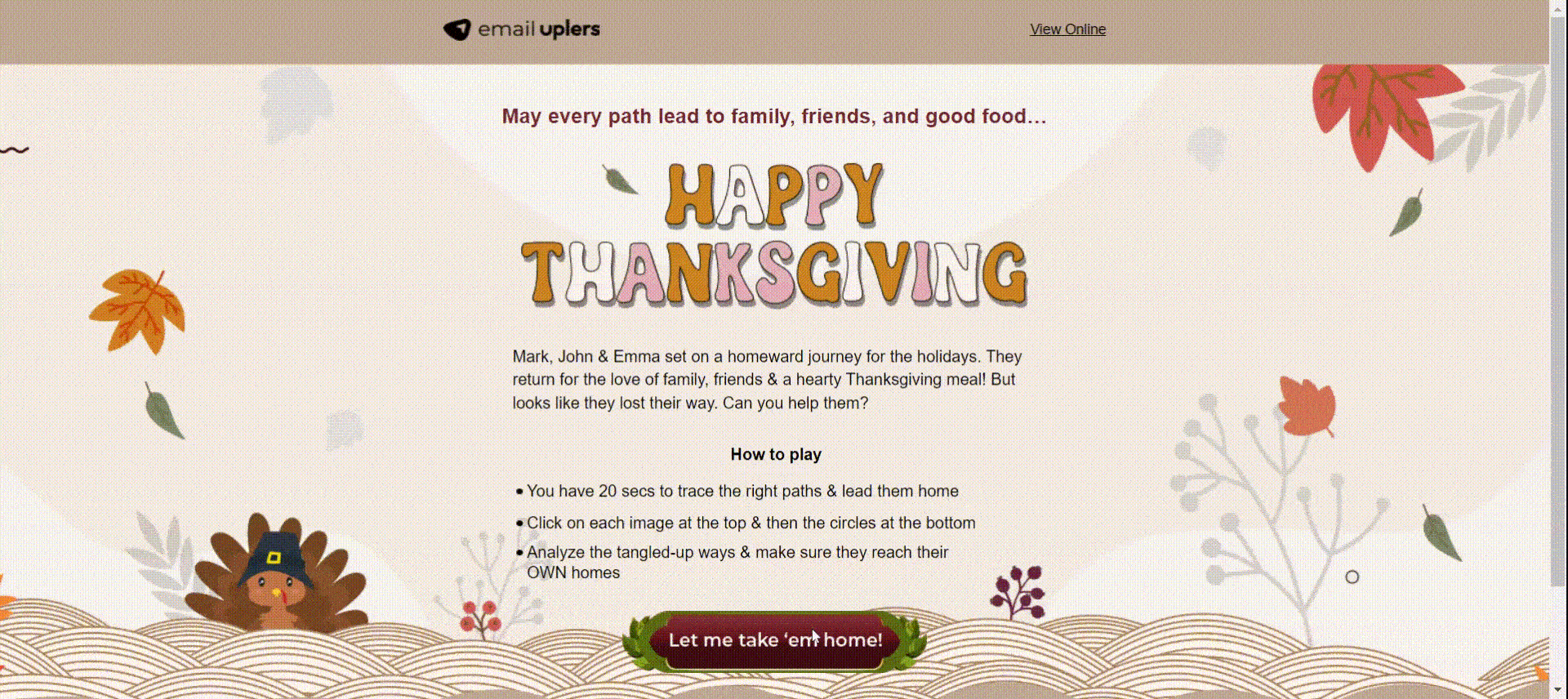
Strategic Considerations for Email Gamification
Thinking up a good game and actually implementing it – not the same thing. You must have certain strategic flagpoles to implement a gaming email newsletter template.
- Development cost: Building a game is costly. The cost will vary depending on the complexity of the game, features, and the level of customization needed. It also depends on the collective expertise of your development team. You want to make sure that the cost of the project does not outweigh the benefits.
- Total implementation time: The quicker you can implement your ideas, the better. Borrow ready-to-go elements from an archetypal configuration of your game.
- Analytics: Gamification is not outside the bailiwick of email analytics. Make sure you are able to track, measure, and analyze your gamified email campaign. (Engagement is usually what we track for our gamified emails. We want to see how long subscribers engage with the game, and how often they share these emails with others.)
- Scalability: Instead of building games from scratch each time, create reusable games. You should be able to incorporate certain go-to elements for every game you launch.
To give you an instance of scalability, here’s another Thanksgiving gamification email we designed a number of years ago. Compare this with our latest email above. The basic template is more or less the same. We simply customized this email.
Fallback Measures to Maximize User-friendliness
Gamification in email marketing is complex. Apart from development, implementation, and cost, email compatibility is a huge challenge. Not all email clients support gamification, such as Yahoo, Gmail, and Outlook. How do you deal with this?
The simplest way is to add a web version link to your email. In fact, there is no other viable alternative since only Apple Mail supports interactivity.
You can, however, try email templates with embedded games. You just need to customize these templates according to your campaign parameters.
Wrapping Up!
Gamification, if done right and occasionally, can transform how your audience engages and interacts with your brand. Much of its efficacy lies in the inherent appeal of games themselves. Games reinforce persuasion, which leads to certain intended behavioral modifications in the players. When you thus sell experience, people don’t hesitate to buy.
Gamification is one of our fortes. We design gamified emails every year during the holiday season, and so far, we have had a great response from our audience. Have any additional insight to add? Comment away!




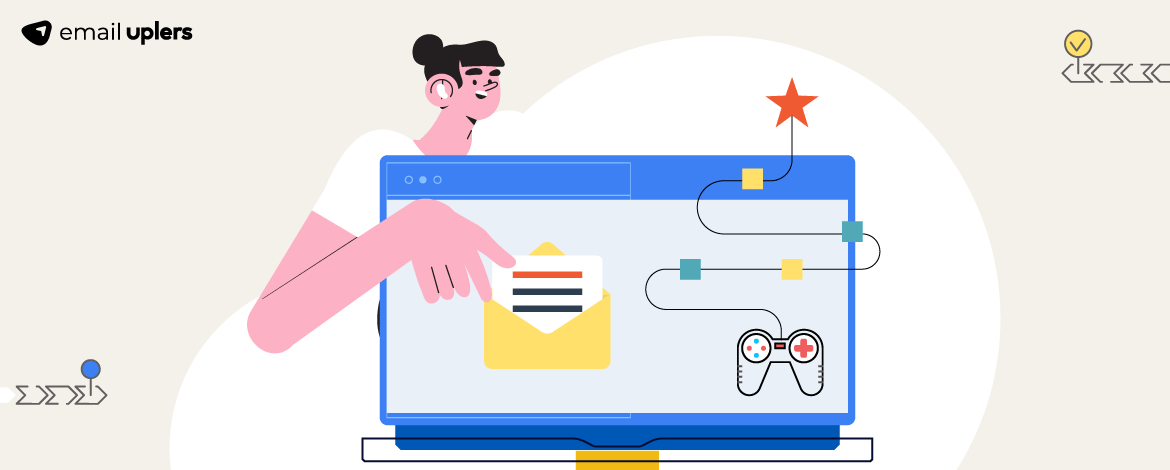

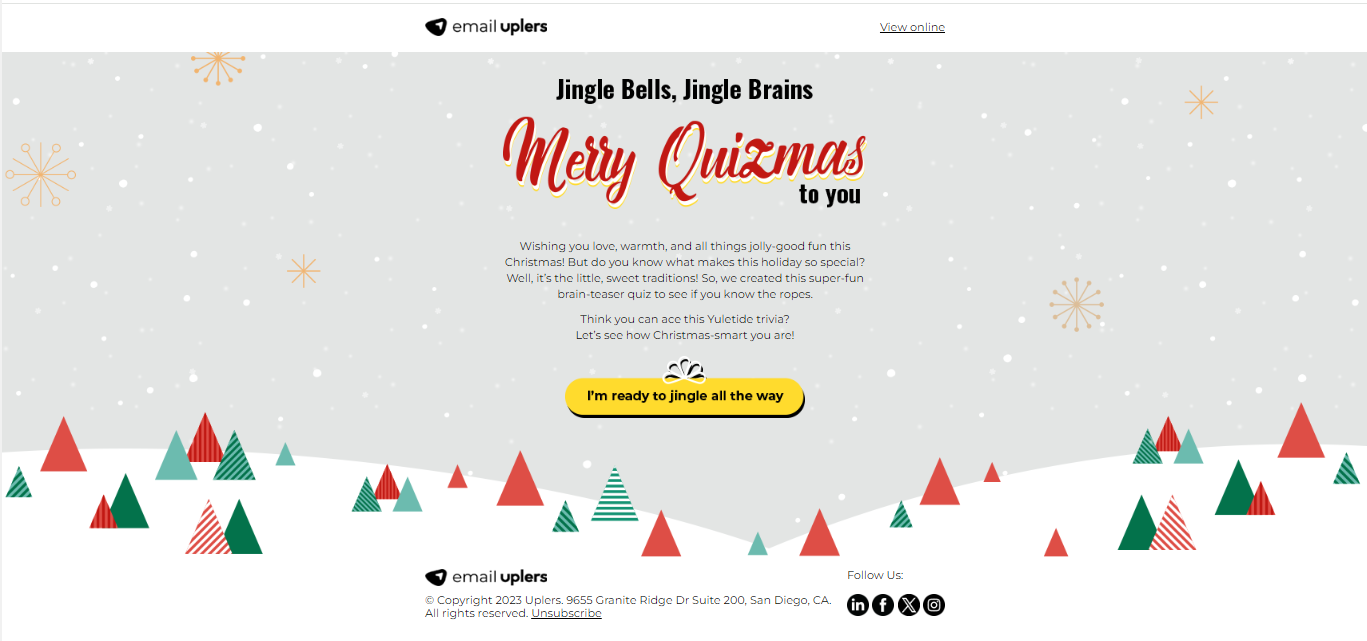
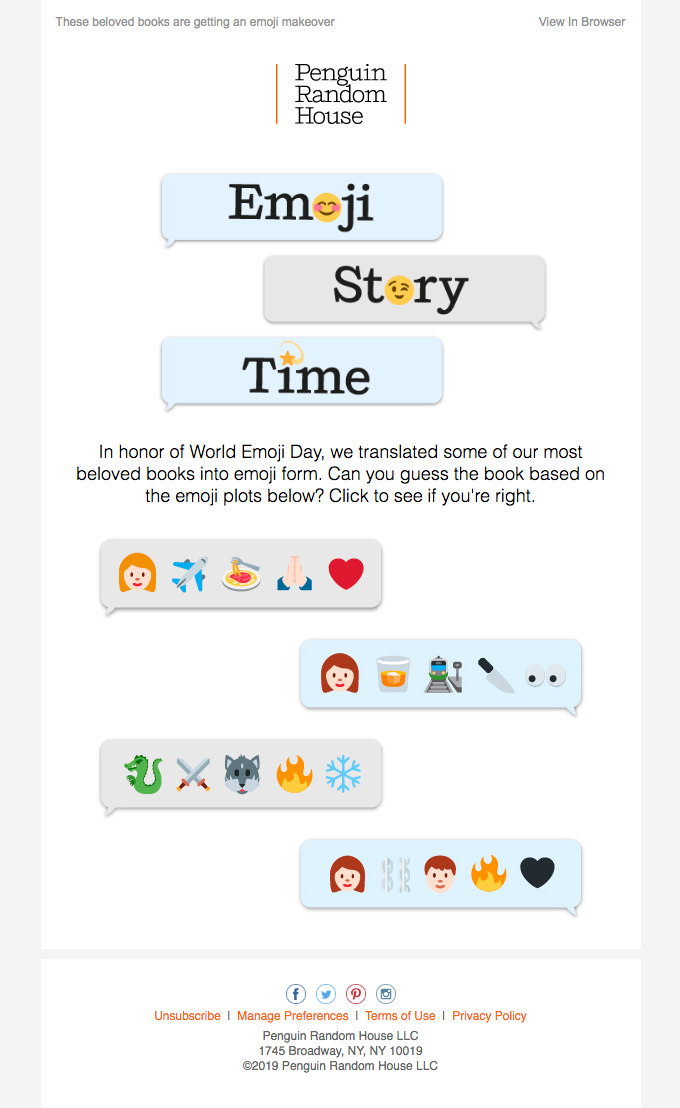
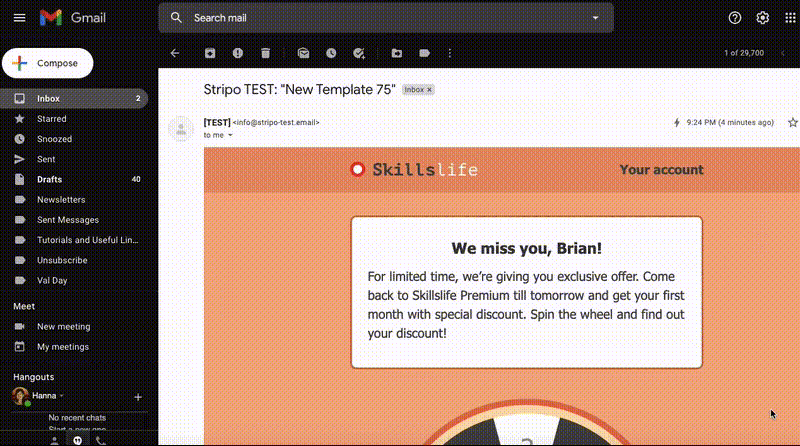
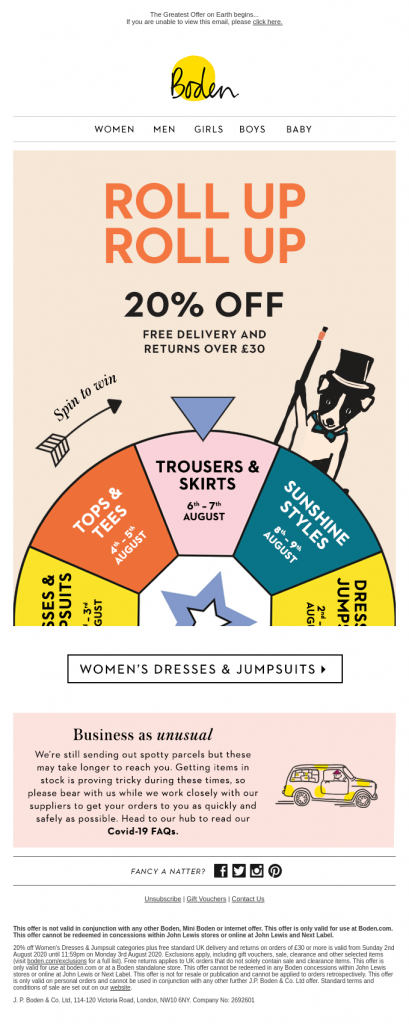

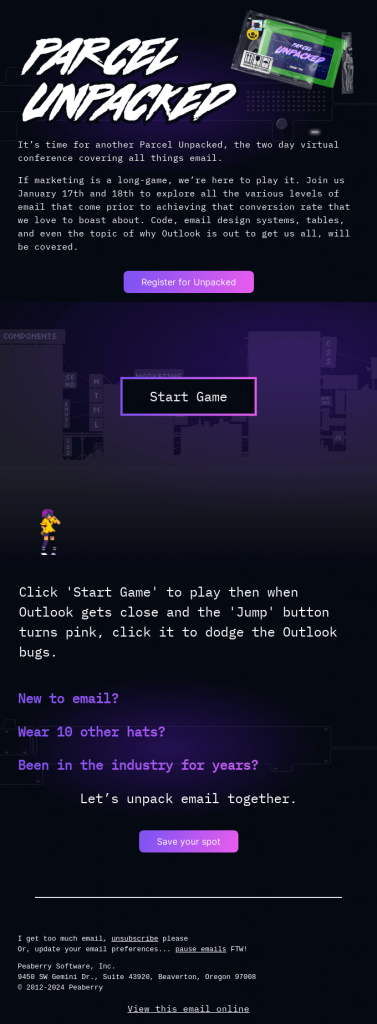
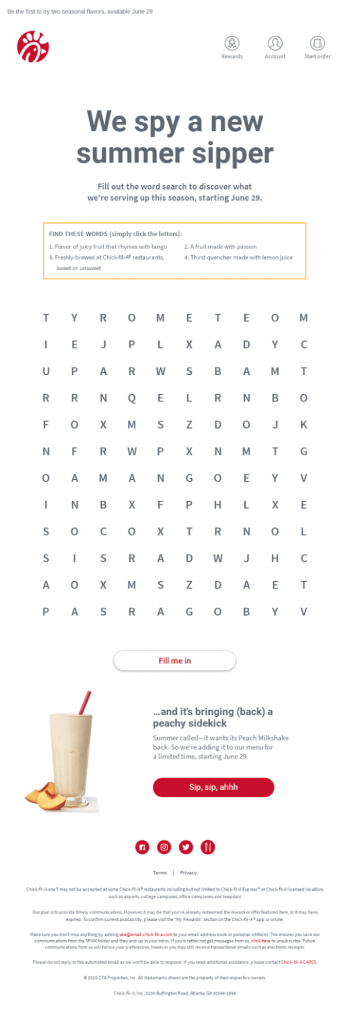
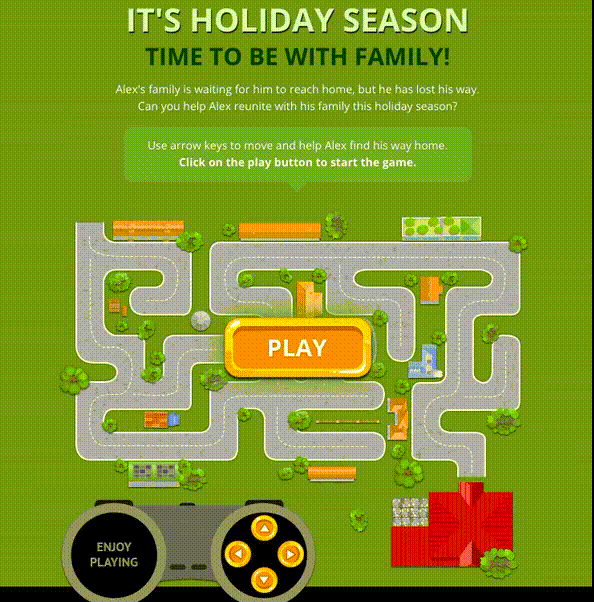
Susmit Panda
Latest posts by Susmit Panda (see all)
Explained: How to Use HubSpot Workflows for Your Lead Nurturing Campaigns
Clearing Invoices: Learning the Art of Curating Effective Payment Reminder Email Templates